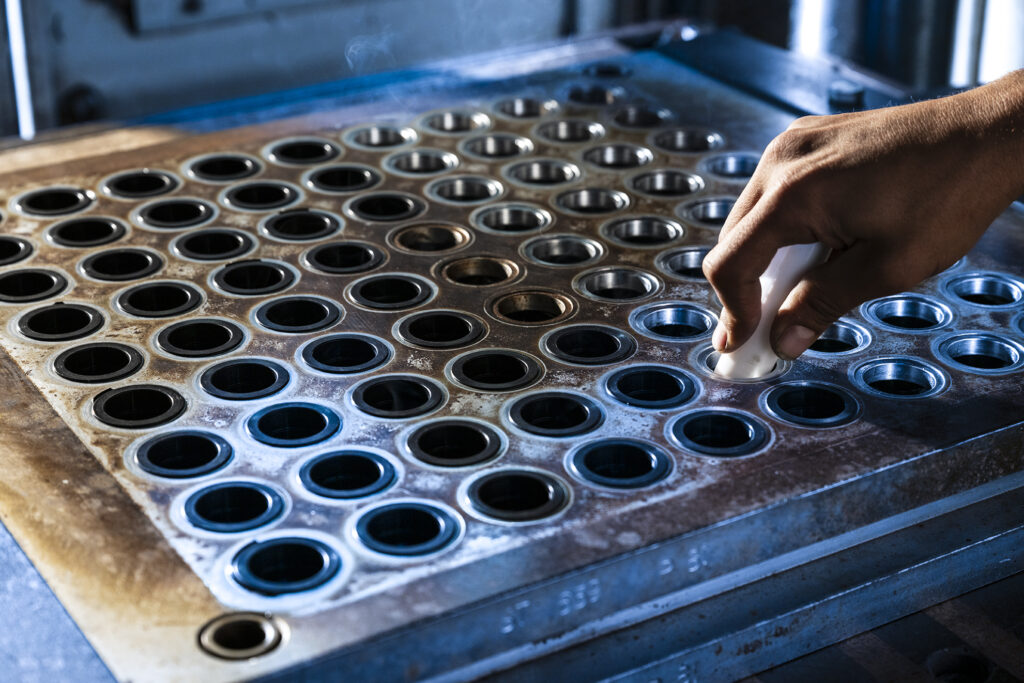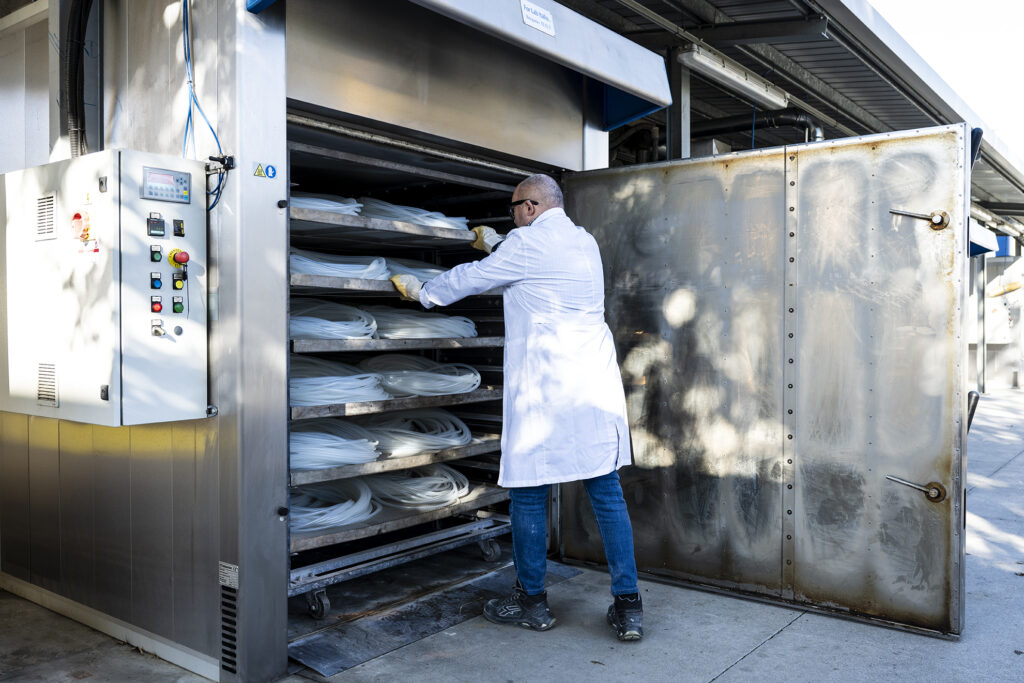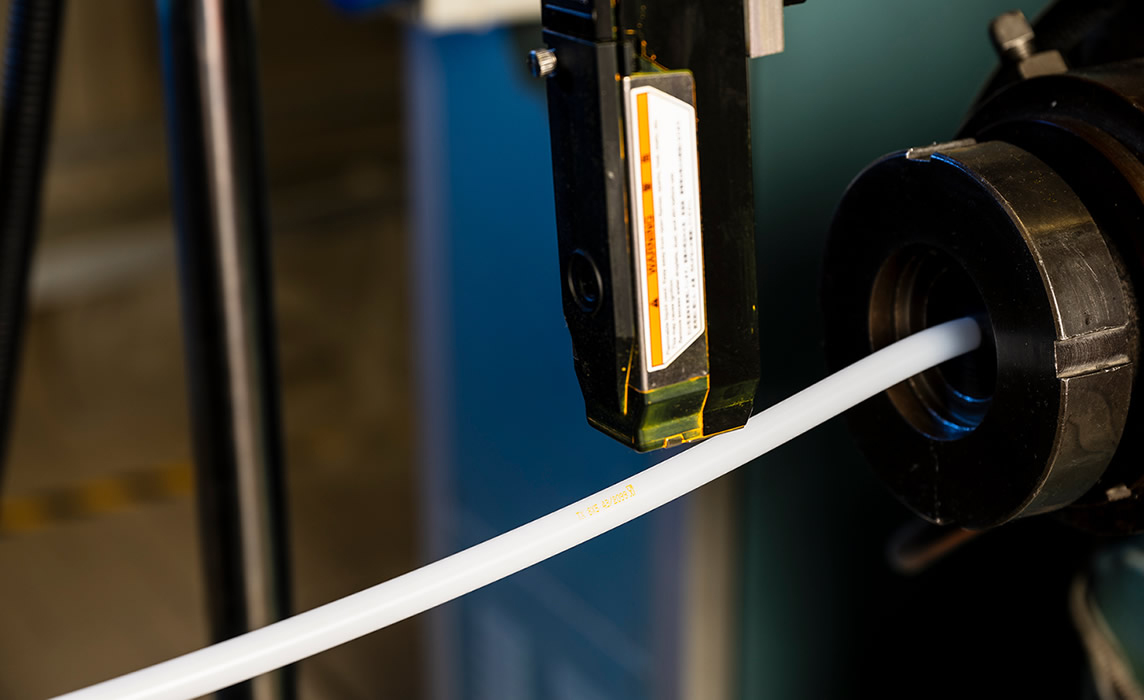Rubber molding is a manufacturing process used to form rubber components of various shapes and sizes.

There are several molding methods, but the most common are compression molding and injection molding. Here is a brief explanation of each:
– Compression Molding: Rubber is pre-formed into a rough shape (preform) and placed in an open mold. The mold is then closed with a press, applying pressure and heat.
The heat activates vulcanization, making the material more resistant and durable. After vulcanization, the mold is opened, and the finished component is removed.
– Injection Molding: Rubber, in a liquid or semi-liquid form, is injected directly into a closed mold through a nozzle.
The heat within the mold induces vulcanization. After the material solidifies, the mold is opened, and the component is extracted.
Based on the type of item to be produced, Tecnoextr will be able to recommend the appropriate solutions and the most favorable type of molding process. The choice is generally made based on the geometry of the item to be produced, and it is usually the shape of the item to be molded that suggests, if not dictates, the type of molding and the optimal solution for the layout of the mold.
In a compression mold, efforts are made to maximize the number of cavities that can potentially be created in the available space, generally arranging the cavities along Cartesian axes, whereas in an injection mold, the cavities must be arranged to optimize the spaces allowed by the existing channels and to be as short and straight as possible.
Following the actual molding operation, the individual piece, depending on the required characteristics, must or can be subjected to a sequence of secondary operations. First of all, depending on the type of polymer used, a post-vulcanization phase in a controlled temperature oven is necessary to remove residues of substances used to activate vulcanization or to complete it and enhance the performance of the parts.

The phase of deburring the parts, necessary to remove excess material accumulated in the trimming edges, can be carried out before or after post-vulcanization, using different methodologies. The last operation listed, but absolutely the most important and not necessarily only at the end of the production process, is visual inspection, commonly called sorting.
Tecnoextr Srl produces technical rubber articles using all materials currently available on the market, of certified quality and constantly monitored both during goods receipt and in production, through continuous and meticulous laboratory controls. Even in the case of molded items, as well as for extruded products, there are specific standards that regulate and justify the use of dimensional tolerances suitable for the purpose and characteristics of the material used. Tecnoextr Srl uses and recommends adherence to the dimensional tolerances on complex-shaped molded articles of the standard UNI ISO 3302-1 class M2.
For specific cases, which must be agreed with the customer during the design and development phase, adherence to class M1 dimensions may be allowed.
